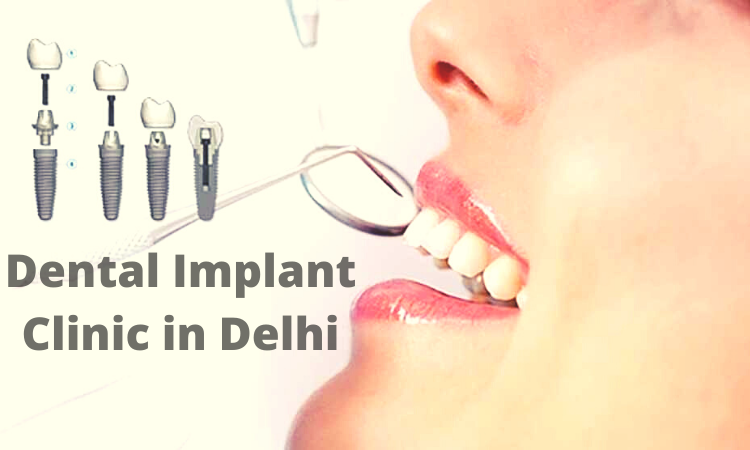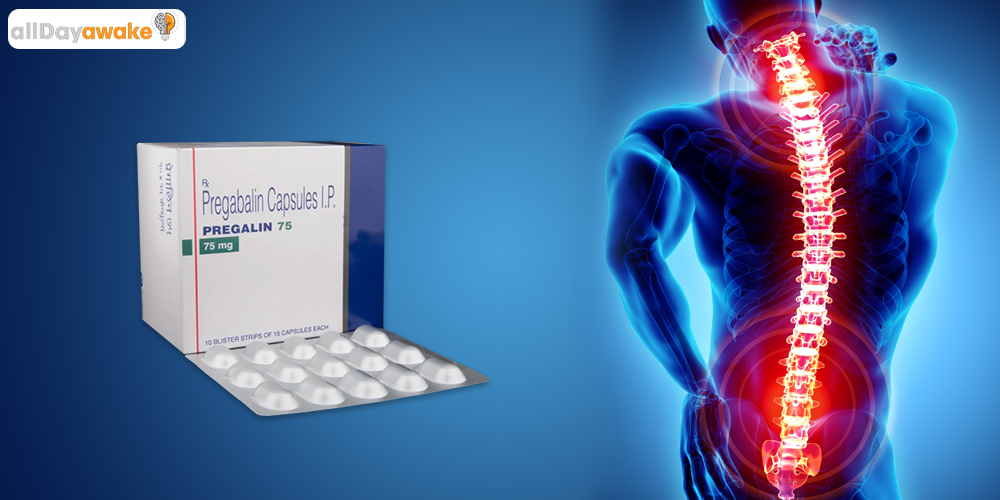What to know about buckle fractures in detail information:
Buckle fractures are compression fractures and are quite common in children. They happen when one side of the bone buckles, or bends, but doesn’t break all the way through.
It is a stable fracture, meaning that the broken pieces of bone haven’t separated from one another.
They are sometimes called torus fractures and are an example of a fracture. Another example of a fracture may be an incomplete fracture, which is when the bone bends and cracks, but doesn’t break all the way through. Greenstick fractures are also more common in children than adults. Importantly what is a buckle fracture, lets know from this article. It can take up to six weeks for a toddler to heal from a buckle fracture, and longer for an adult.
Who is at risk of buckle fractures?
These injuries are quite common in children and tend to occur within the arm or leg.
Children are more in danger of buckle fractures than adults as their “long bones,” or arms and legs, contain growth plates. These are softer areas of cartilage that harden into solid bone because the child grows up.
Because children’s bones are quite flexible, they tend to bend instead of a break once they are anaesthetizing pressure.
Taking part in sports, rough play, and other typical childhood activities, like running around and climbing trees, are all risk factors for buckle fracture.
Adults also can suffer a buckle fracture, though it’s not as expected. Those in danger include people that have a condition called osteoporosis, which suggests they need weak bones and people who participate in touch or extreme sports.
Symptoms:
If an individual has broken a bone, they’re going to feel tons of pain, and there’ll be swelling, bruising, or tenderness at the location of the break. If the crack is in an arm or leg, the limb may look misshapen, but with a buckle fracture, there’s often no irregularity.
If someone suspects an opportunity, they ought to keep the limb still, possibly employing a splint, and lift it above the guts to scale back swelling. Pain relief may also be needed. Avoid heating the area.
As with all types of breaks, it’s essential to urge treatment as quickly as possible, especially within the case of youngsters. Their bones heal soon, and it’s critical to form sure the bone is supported to try to do correctly.
At the hospital, a doctor will offer a physical examination and possibly an X-ray to diagnose a buckle fracture.
Treatment:
In most cases, a buckle fracture is treated with a splint and cast. A splint is usually put on first, which keeps the limb in place for the early few days until the swelling goes down. However, if there is no or minimal swelling, a cast may be applied immediately.
After any severe swelling has subsided, a plaster or fibreglass cast is then placed on it. A soft inside layer protects the skin and soft tissue, and a tough layer holds the bones in situ so that it can heal.
For children, the standard healing time for a bone is 3 to six weeks but may take longer supported the child’s age, and that they will get to wear their cast for the whole time. For adults, this can take longer.
Some unlikely events, the bone have been angled or bent into the shape, and it’s going to be reset to urge the better alignment. The doctor will do this, and depending on how severe the deformity is, the procedure may be carried out under sedation or general anaesthesia.
When this happens, the patient will get to have more X-rays within the first 7 to 10 days after the break, to form sure the bones stay lined up.
Recovery:
People who have an uncomplicated buckle fracture won’t usually be kept within the hospital. For the first few days, there may be swelling and discomfort or pain. To reduce this, raise the injured inlimb, and rest it on a pillow.
In the case of a fractured arm, the person may wear a sling when standing up or walking.
If they need a broken leg, they’re going to need complete rest, with the leg elevated, for the primary few days after the break. After that, they’re going to need crutches to manoeuvre around and can get to a lookout to not disturb the bone while it’s healing.
While the bone is healing, people will got to take a while off school or work and take a rest from usual activities & write for us. The exact length of this rest will depend upon the severity and site of the fracture. People should speak to their healthcare team if they’re unsure.



